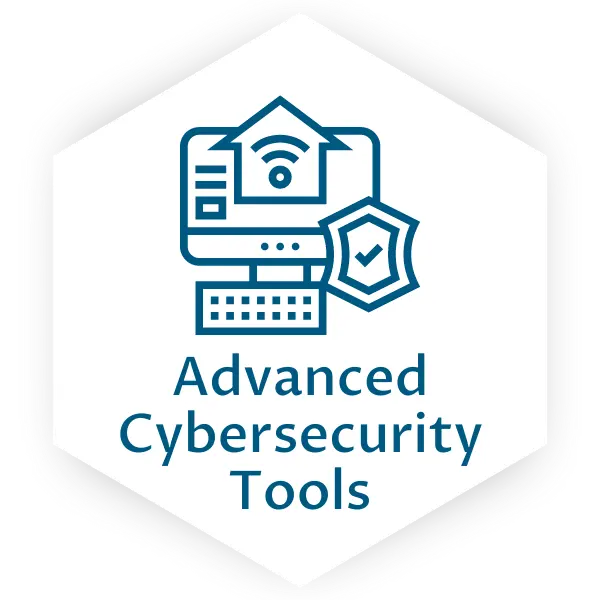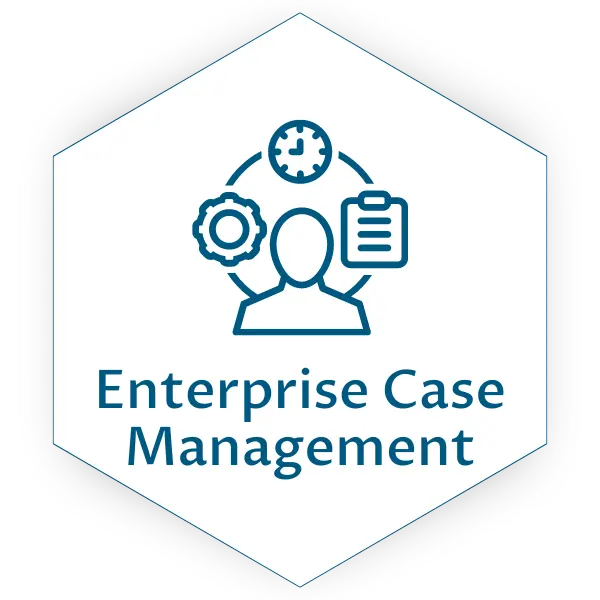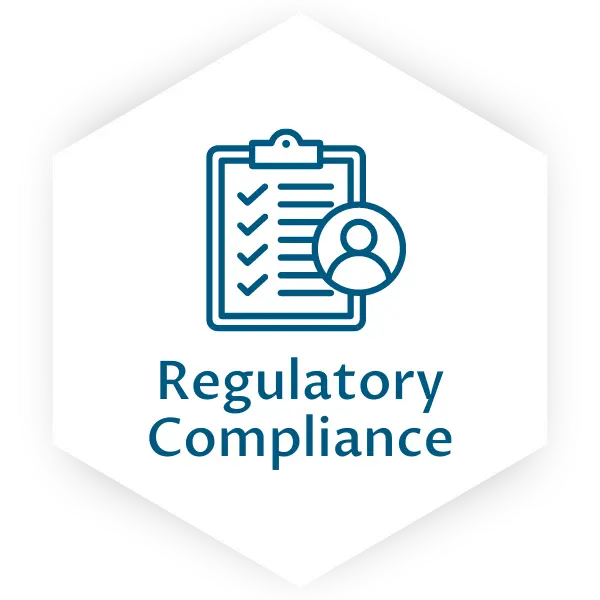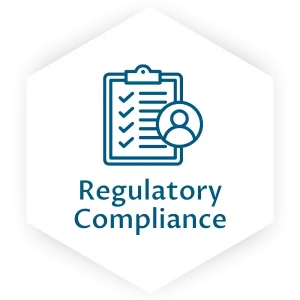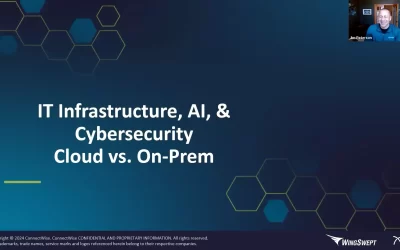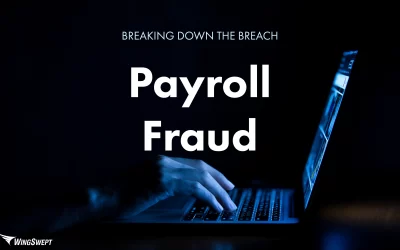Balancing Cost & Capability in IT
Cutting corners on IT can be risky, but overinvesting can drain your resources. Our experts can help you find the right balance.
Seasoned IT Problem Solvers
Embrace reliable IT solutions driven by proven processes and seasoned professionals. WingSwept’s employee-owned structure promotes commitment, providing an experienced team to address your IT needs.
Tailored Solutions for Every Industry
Cybersecurity at the Core
Cybersecurity isn’t just a priority—it’s ingrained in everything we do. Our team of certified experts specializes in safeguarding your business from ever-evolving threats. Whether it’s implementing industry-leading security best practices, responding to suspected compromises, or enhancing email security, we address all your cybersecurity concerns with proven solutions.

YEARS in business
years of Customer Tenure
Google Rating
Google Reviews
Start A Conversation Today
Begin the journey to improve your IT infrastructure today. Complete the form below to initiate a low-pressure, educational conversation. Our team is ready to offer guidance and expertise. Should we not align with your needs, we’re happy to suggest alternative solutions.
Stay Informed, Stay Secure
IT Infrastructure, AI, & Cybersecurity: Cloud vs. On-Prem
Should businesses stay on-premise, migrate to the cloud, or adopt a hybrid model? This topic was at the center of a recent discussion featuring Jim Peterson, a cybersecurity expert from ConnectWise...
The Cloud, Simplified for Your Business Success
Let’s face it—“the cloud” is one of those buzzwords you hear all the time, but not everyone fully understands. And that’s okay! At its core, the cloud is about accessing and storing your data and...
Payroll Fraud: Breaking Down The Breach
Welcome to another edition of our Breaking Down the Breach series. In this case study, we analyze a deceptive payroll fraud attempt that could have resulted in a direct financial loss for an...





